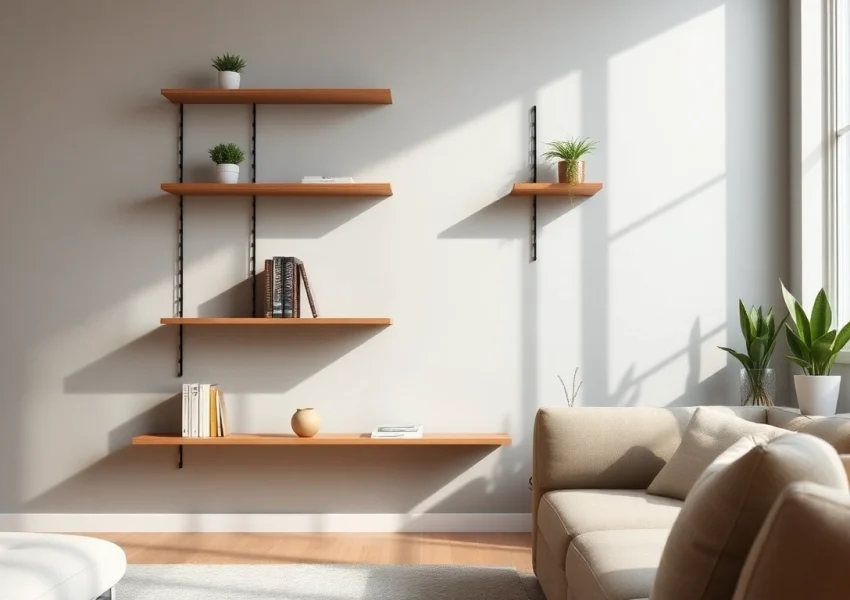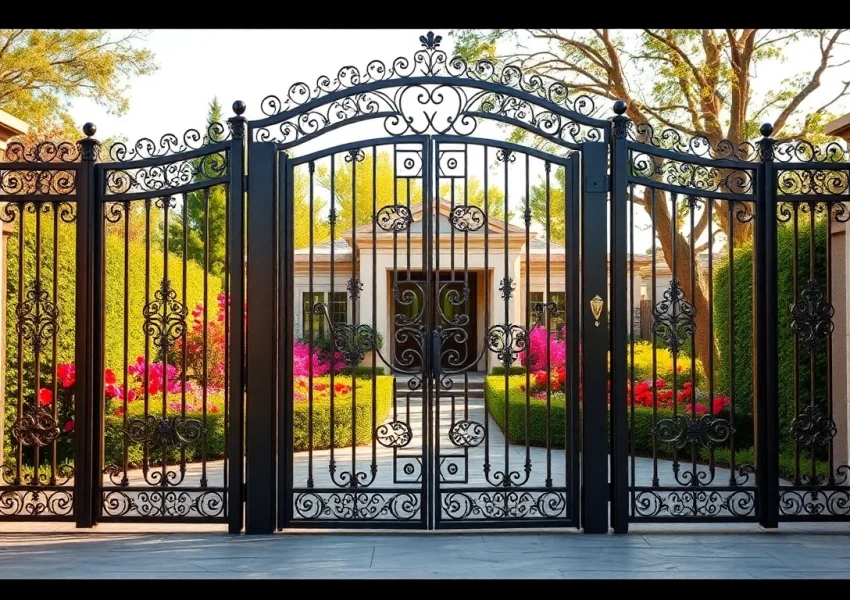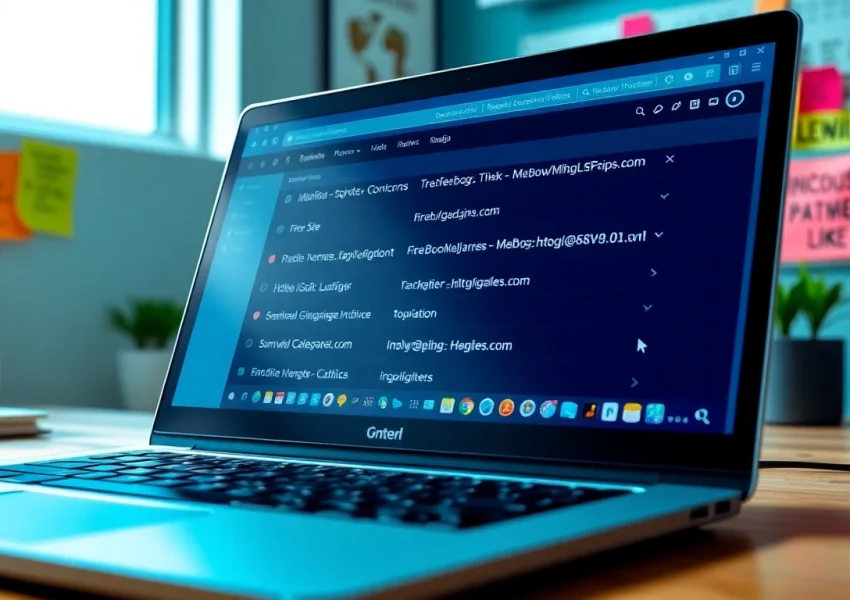Understanding Pool Construction Basics
Building a swimming pool is a dream for many homeowners, representing a luxurious escape within the confines of their property. However, achieving this dream involves a range of decisions influenced by budget, type, design, and local regulations. Pool construction is a multifaceted process that integrates various stages, materials, and techniques. In this guide, we’ll explore everything you need to know about pool construction—from planning to maintenance, ensuring you are equipped with knowledge to embark on this exciting journey.
Key Terminology in Pool Construction
Before diving into the practical aspects, it’s essential to familiarize yourself with some key terms associated with pool construction. Understanding the terminology can help you communicate more effectively with contractors and professionals and enhance your overall comprehension of the process.
- Inground Pool: A pool built into the ground as opposed to above ground. These pools can be made from various materials such as concrete, fiberglass, or vinyl.
- Shotcrete: A method of applying concrete in a high-velocity spray, typically used for constructing pool walls.
- Decking: The area surrounding the pool, used for relaxation and access. Materials can include concrete, pavers, and natural stone.
- Plumbing and Electrical Systems: Essential components that keep the pool operational, including filtration, heating, lighting, and water circulation.
- Drainage: A critical aspect to prevent water accumulation and other issues around the pool area.
Different Types of Swimming Pools
Choosing the right type of pool can significantly influence your construction process, maintenance requirements, and overall satisfaction. The main types of pools include:
- Concrete Pools: Highly customizable and durable, making them a popular choice for high-end designs. Concrete pools require significant time and labor during construction but offer longevity and versatility.
- Fiberglass Pools: Prefabricated and relatively quick to install, fiberglass pools have a smooth surface and are often easier to maintain than their concrete counterparts.
- Vinyl Liner Pools: These are appealing due to their affordability and variety of shapes and sizes. The vinyl liner may be susceptible to damage, requiring eventual replacement.
- Above Ground Pools: Typically the most economical option, above-ground pools are portable and can be set up much faster than inground alternatives.
Choosing the Right Materials
Material selection plays a pivotal role in the aesthetics, function, and durability of your pool. Key considerations include:
- Pool Shell: Opt for materials like concrete, fiberglass, or vinyl based on your budget and desired pool longevity.
- Tile: Enhances aesthetic appeal and can provide a non-slip surface around the pool. Glass tiles, ceramic tiles, and stone are common choices.
- Decking Materials: Select materials such as wood, pavers, or concrete that will complement your pool’s design and remain slip-resistant.
- Lighting: LED lights, fiber optics, or traditional fixtures enhance the ambiance and safety of the pool area.
Step-by-Step Pool Construction Process
With an understanding of the basics, let’s dive into the detailed process of constructing a swimming pool.
Initial Planning and Design Considerations
The first step in pool construction is thorough planning and design. Considerations during this stage include:
- Space Assessment: Evaluate your yard’s space and layout to determine the best location for the pool, considering proximity to utilities, sunlight exposure, and privacy.
- Design Preferences: Work with a designer or architect to choose your pool shape, size, and features such as slides, waterfalls, or hot tubs.
- Budgeting: Establish a realistic budget that accounts for construction, landscaping, accessories, and ongoing maintenance.
- Regulatory Requirements: Research local building codes and restrictions regarding pool installation.
Excavation and Ground Preparation
Once your design is finalized and permits are secured, the next phase is to prepare the site. This involves excavation, grading, and laying the foundation for your pool.
- Excavation: Heavy machinery will dig out the area based on the design’s specifications, creating a hole for the pool.
- Stabilization: Sometimes, substantial additional work is needed, such as reinforcing slopes and ensuring drainage to prevent water issues in the future.
- Base Preparation: A smooth and level surface is critical to the longevity of your pool. Sand or gravel may be laid to provide a stable foundation.
Installing Plumbing and Electrical Systems
With the excavation complete, it’s time to install the necessary plumbing and electrical components. Key elements to consider include:
- Plumbing Lines: These are critical for water circulation, filtration, and heating. Ensure your plumbing is correctly laid out to maximize efficiency and minimize maintenance issues.
- Electrical Systems: Install wiring for lighting and any desired electrical features such as automatic covers or heaters. Ensure that all electrical systems comply with safety codes to prevent hazards.
- Drainage Systems: Design effective drainage solutions to eliminate excess water around the pool area.
Cost Factors in Pool Construction
Understanding the various costs associated with pool construction is vital for staying on budget. Below, we analyze the primary factors that influence pool construction costs.
Estimating Your Pool Construction Budget
The total cost of a pool can vary widely based on many factors. Here’s how to estimate accurately:
- Type of Pool: As previously mentioned, the material and type of pool will considerably affect the initial expense. Concrete pools are typically the most expensive, while above-ground pools are the most affordable.
- Size and Depth: Larger pools with greater depths require more materials and labor, increasing the overall cost.
- Design Features: Special features like waterfalls, spas, and intricate lighting systems will incur additional expenses.
- Location: Geographic location can also influence labor costs and material availability.
Hidden Costs to Consider
When budgeting for your pool, consider these often-overlooked expenses:
- Landscaping: Additional costs may incur for landscaping around the pool or to address any disturbances caused during construction.
- Fencing: Pool safety regulations often require fencing, which can add to your overall budget.
- Utility Hookups: Costs for connecting water, electricity, and gas may not be included in initial estimates.
How Location Influences Costs
Your location can significantly influence construction costs due to variables like local building codes, contractor availability, and geographic conditions. For instance:
- Soil Type: If your property has rocky or clay soils, excavation may be more costly.
- Weather Conditions: In regions with extreme weather, constructing a pool may require additional protective measures or materials.
- Local Regulations: Investigate local ordinances to understand any necessary permits, which can add to the timeline and budget.
Building Regulations and Compliance
Compliance with local regulations and building codes is essential in pool construction. Failure to adhere can lead to fines or the need for costly modifications.
Permit Requirements for Pool Construction
Your local government may require several permits before you begin construction. Common permits include:
- Building Permit: Required to ensure that the pool meets safety and design standards.
- Electrical Permit: Needed for the installation of electrical components related to the pool.
- Plumbing Permit: Required for plumbing installation to comply with health and safety codes.
Safety Standards and Inspections
Safety is paramount in pool construction. Regular inspections may be required throughout the construction process to ensure compliance with safety regulations. Key elements to consider include:
- Barrier Requirements: Most jurisdictions require safety barriers to prevent unauthorized access, particularly for children.
- Electrical Safety Codes: Ensuring all electrical installations comply with the National Electrical Code.
- Health and Safety Standards: Follow guidelines from the Environmental Protection Agency (EPA) and other health organizations concerning water quality and facility safety.
Environmentally Friendly Pool Construction Options
Building a pool doesn’t have to come at the expense of the environment. Consider these options to promote sustainability:
- Eco-Friendly Materials: Choose biodegradable products where possible and sustainable materials that have low environmental impact.
- Solar Heating: Install solar panels to provide heat for your pool, reducing energy costs and relying less on conventional fuel sources.
- Efficient Water Systems: Implement water-saving technologies, such as automatic pool covers and recycled water systems.
Tips for Successful Pool Construction Projects
To ensure a seamless pool construction experience, consider these expert tips:
Hiring the Right Pool Contractor
Choosing the right contractor can make or break your pool construction project. Here are some tips to find the perfect fit:
- Research Credentials: Look for licensed and insured professionals with a strong portfolio of completed projects.
- Read Reviews: Seek customer feedback and testimonials to gauge satisfaction and reliability.
- Ask for References: Request references from previous clients to discuss their experiences.
Maximizing Efficiency During Construction
Efficiency is crucial in keeping costs down and ensuring timely completion. Strategies to maximize efficiency include:
- Clear Communication: Maintain open lines of communication with your contractor to address any issues promptly.
- Set a Timeline: Establish a clear timeline with milestones to track progress and stay on schedule.
- Regular Site Visits: Conduct periodic visits to the site to assess the work and confirm it aligns with the design.
Post-Construction Care and Maintenance
Once construction is complete, continuous care and maintenance are necessary to prolong the life of your pool. Key maintenance steps include:
- Water Quality Testing: Regularly test and balance the chemicals in your pool to ensure safe swimming conditions.
- Routine Cleaning: Keep the pool clean by removing debris, maintaining filtration systems, and managing algae growth.
- Regular Inspections: Inspect all systems, including plumbing and electrical components, to identify potential issues before they escalate.






